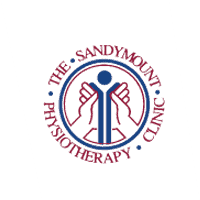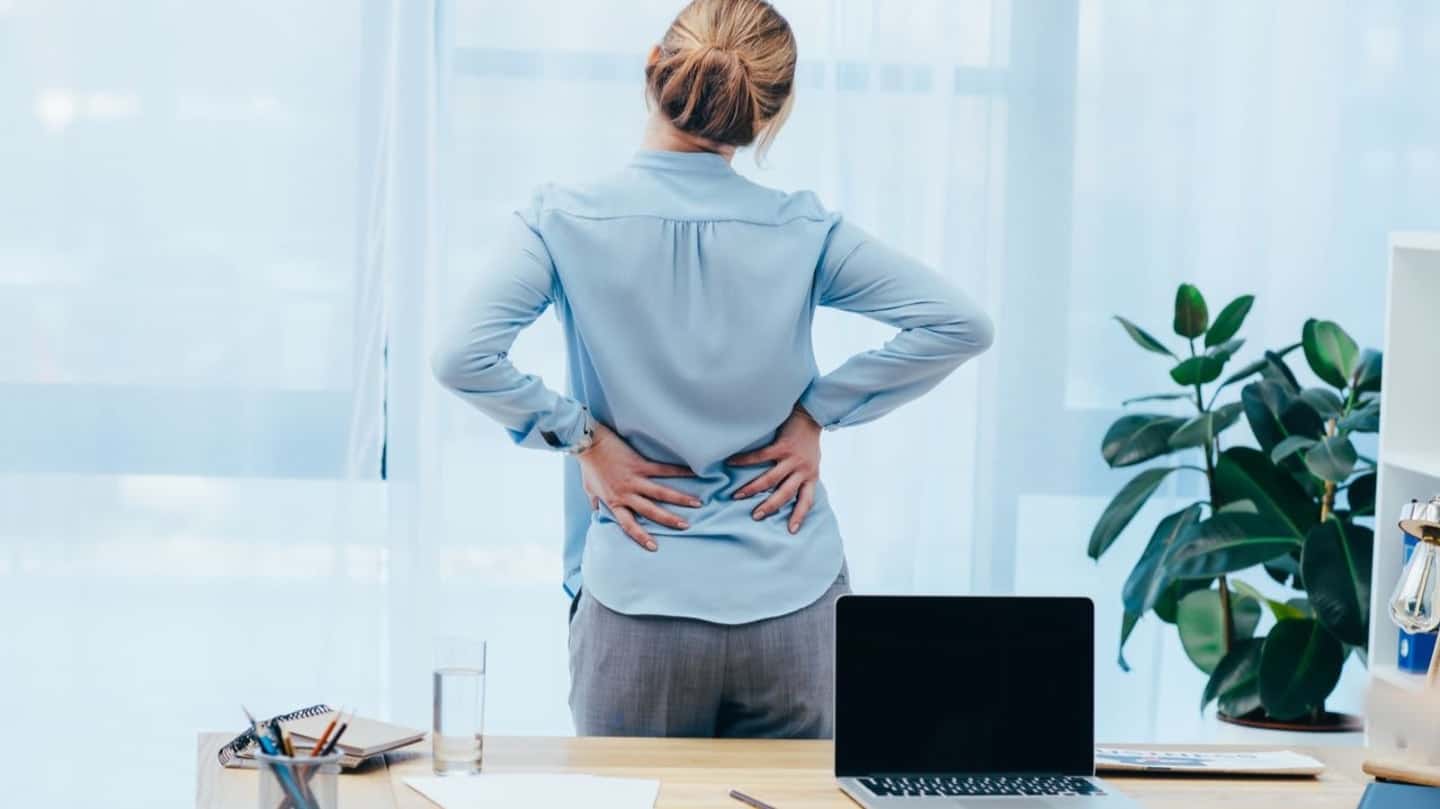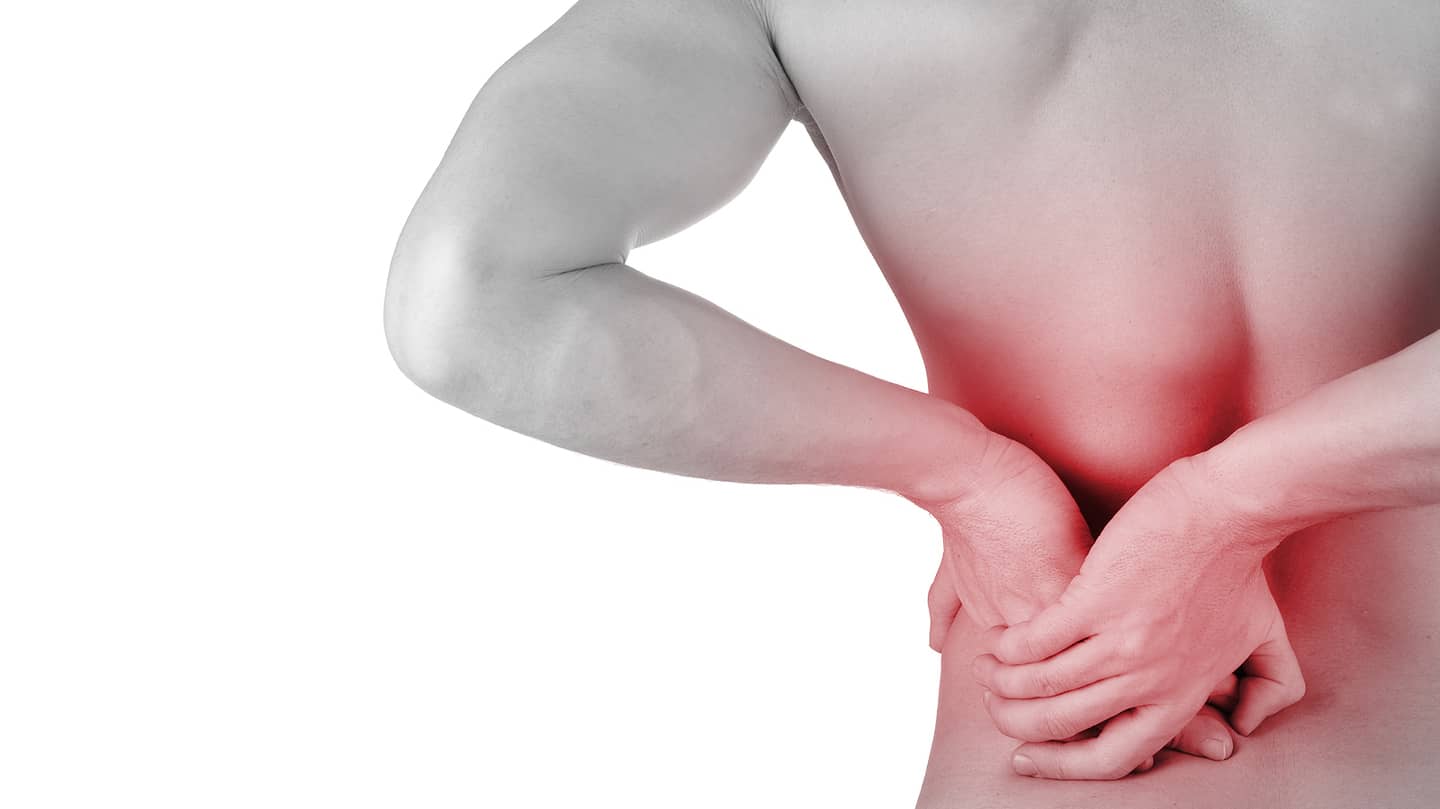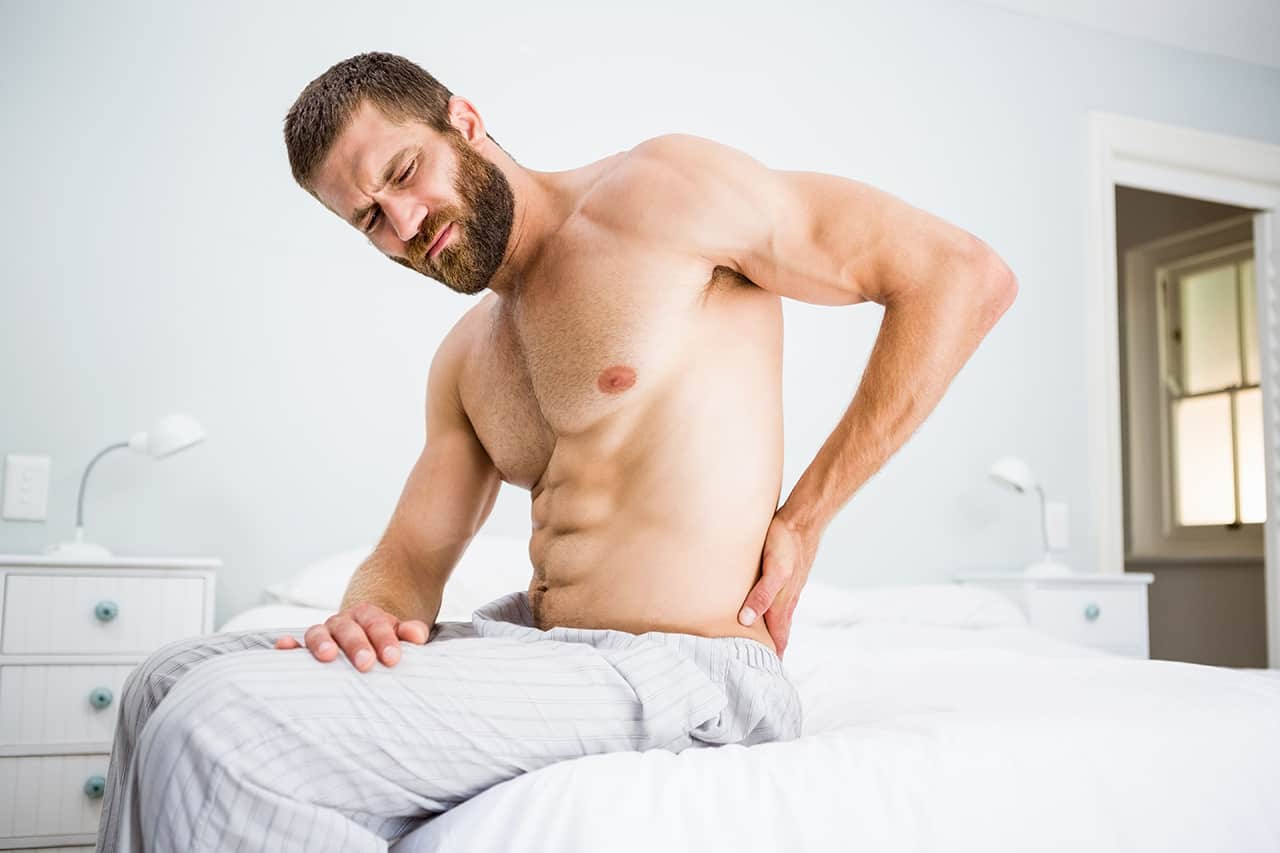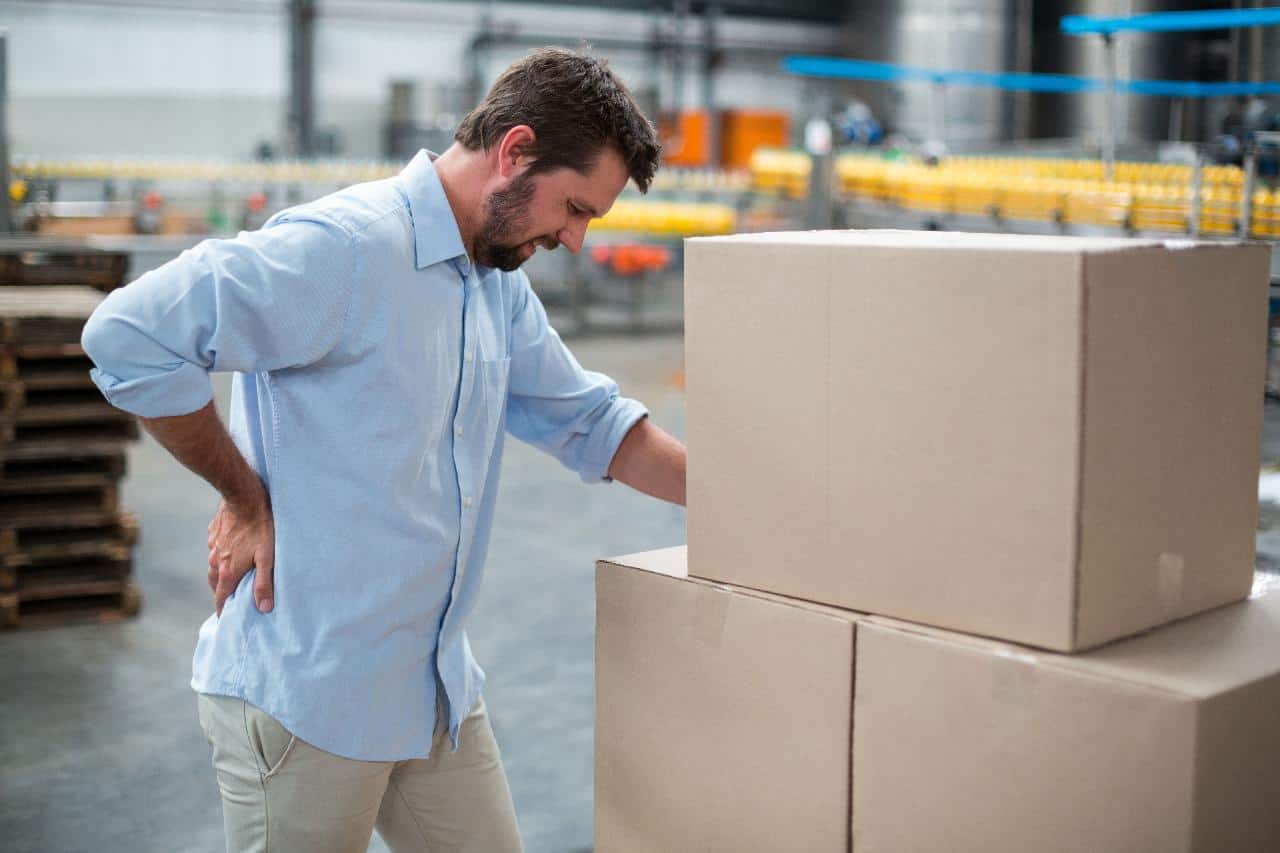Back Pain and Sciatica
Most people experience lower back pain at some stage in their lives and in some cases the back strain leads to pressure on a nerve which causes the pain to spread into the buttock and leg. This referred pain is known as “sciatica”. Understanding why we develop back pain is the key to managing this pain and preventing recurrences. As well as helping resolve the current episode, by a combination of manual and exercise therapy, we will identify the cause of your pain and advise you how to prevent it happening again. There are many types of back pain and they vary considerably in severity.
In all cases of back pain and sciatica physiotherapy treatment is beneficial. Manual therapy helps to relieve pain and ease movement restriction, relax muscles and restore normal movement. Heat and electrco therapy can relieve pain and accelerate healing. Mobility, strengthening and postural exercises are essential to restore good movement, improve core control and get you back in action. Advice about how you can help yourself by changing your lifestyle, exercising more and paying attention to posture at work and leisure contributes to keeping you healthy and well.
The commonest back pain arises from soft tissue injury, either muscle or ligament sprain. This is frequently related to poor sitting or standing posture which leads to over stretching of ligamants and muscles. Posture correction and appropriate exercises, including flexibility and core stability, can resolve these pains and prevent recurrence. This type of back or pelvic pain can also occur in pregnancy when the ligamentous laxity caused by hormones can lead to jont strain.
A strain of the intervertebral disc can arise from bending stress. This can be stress from a high load, as when bending to lift a weight incorrectly, or from sustained low load bending stress, as in prolonged sitting in a poor posture. In fact it can often be a combination of these, as occurs when lifting a suitcase from a car after a long journey. A similar result can occur when slouching in a couch after a few hours of heavy gardening. A strained disc can develop into a slipped disc, when the jelly like centre of the disc can bulge out of the disc, leading to pressure on a nerve. This can cause referred leg pain, commonly known as sciatica.
Back pain is also caused by arthritis or spondylosis, which is the wear and tear associated with aging. This type of pain can be helped by doing flexibility and strengthening exercises and keeping active. Keeping a healthy weight also helps significantly.
Note: Occasionally back pain can be a sign of another illness. If you have any of the following experiences you must report them to your GP: difficulty passing or controlling urine; numbness in the genital or back passage area; numbness, pins and needles or weakness in both legs; unexplained unsteadiness on your feet.
